A Conversation With Travis Stevens (A WOUNDED FAWN)
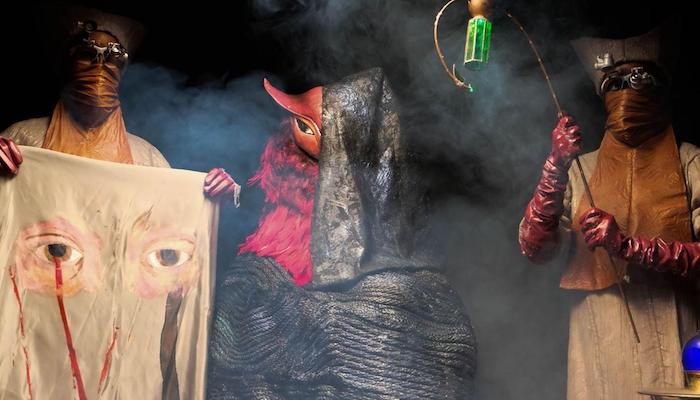
Director/writer/producer Travis Stevens’ gonzo horror-genre bender, A Wounded Fawn, had its World Premiere at Tribeca and made the festival rounds (Fantastic Fest and FrightFest London) earlier this year. His film is a startlingly colorful and splashy genre piece exploring contemporary gender dynamics. A Wounded Fawn is now available on streaming through Shudder. Recently, I met with Travis Stevens to discuss his latest project (which I reviewed earlier this year as well).
[This interview has been edited for length and clarity]
Hammer to Nail: To begin, I wanted to touch upon the origin of this film, A Wounded Fawn, if you could just kind of walk me through how this project came about, that would be great.
Travis Stevens: Yeah. I had been sent a script from the original writer, Nathan Faudree. And Nathan had basically come up with the concept of Bruce (played by Josh Ruben) going to a cabin and the Furies attacking, and came up with a bunch of great, great horror gags. And I read it and it was just like, I really like this. I think it has a lot of potential. And I said, you know, because I had already done some films with similar themes, it’s going to take some work to find something new to do with this. And the producers, the other producers, were gracious enough to allow me to rework it into what the finished film is, which is set in the art world and incorporating the mythology and surrealism and some more nuance to the gender conflict that’s in it. And yeah, I mean, it’s great. When you find people, and I feel this is, it was like this throughout the entire process; when you find people who understand your vision, have similar instincts and just want to help get that vision on screen, it makes making the movie so much easier. And, so, from the time it came into my email inbox to the time it was on Shudder, it was much shorter than it normally is.
HtN: Greek mythology, I’m curious, is that something that you’ve always been interested in exploring in your films and in your work?
TS: No, I only had been very surface level exposed to the classics in elementary, or sorry, in high school and then in college, didn’t study the classics at all. So, my understanding of the Erinyes myth really started with getting involved in this project. And so, and I’ve said it before, certainly another filmmaker who was more versed in that would have come up with a different film. For me, what I found appealing about that as source material is what the Erinyes symbolize in different iterations, whether it’s in plays or poems or paintings. And I thought finding a way to utilize what they symbolize in a story set in contemporary times was something of value.
And in the case of A Wounded Fawn, it’s the idea that they are not just figures that you call down who will murder someone for you. The idea that in our current understanding of justice and what we’re really looking for is accountability and atonement. And I found that really interesting as I was digging into the different iterations that they had been used, that that theme had been there for, you know, whatever it is, hundreds of years. And that seemed really cool. And, so, I’d say that was more interesting to me than basically like putting on a cardigan and spending hours in the library thumbing through ancient texts.
HtN: Do you think that your film has specific message or approach to gender roles and issues that you’re seeing in today’s society?
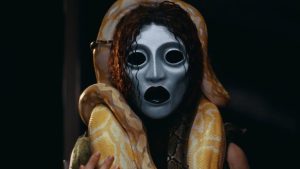
A still from A WOUNDED FAWN
TS: I certainly think so. I hope audiences agree. I mean, you know, there’s room for interpretation on this film, because it utilizes symbolism and how you interpret what you’re seeing. So, there’s room for interpretation there. But yeah, I would hope that the central conflict is clear. And, you know, the audience finishes the movie feeling that justice has been served.
HtN: So, I guess just something that I’ve always found interesting with horror, specifically, is it being a vehicle to dispense more complex themes and messages. Just curious, is there like a specific reason you’ve approached horror in a certain way? What really draws you to this genre (is what I’m kind of getting at)?
TS: Yeah, that’s a great question. And I think my answer is in your question. I agree with you. I think it’s a genre that allows exploration of so many different ideas. All a horror film needs to be successful is for the threat to be there. And what that threat is and what that threat symbolizes or means or how it impacts your protagonist is a whole world of opportunities there to explore whatever the hell you want. And it’s been nice because I think another thing about horror is you can paint a bit more broadly. You can paint use some bolder, more vibrant colors. And if you’re making a movie about something serious, the language that you’re using to tell that story can be more outrageous than if it was, you know, confined to a drama or another less fantasy based genre.
HtN: Right. And yeah, the style within your film is very colorful and splashy and has a very intentional feel; almost grindhouse. Just curious what exactly drew you to making a film in this sense or in this style and what was your aim with the look and feel of this film?
TS: Yeah. Because I grew up in a certain era, the films that I had my initial imprinting on or the films that imprinted themselves on; me shot on film, utilizing production design, and costume design and lighting design that really heightened reality. That was what I grew up with and how I think of cinema. Like that’s, that’s mom! I’m like, ah, mom, there you are! And it’s something that I feel; it’s very easy to lose that intention in on a technical side of modern filmmaking with digital cameras and digital, how that impacts lighting, how that impacts location choices and all of that.
So, on this movie, the goal was to really do the very best we can to recapture some of the magic from that different, not style of filmmaking, but certain different considerations. Choosing a location that had some color to it, that had some interesting dynamics, making sure that the wardrobe being selected plays against that location in a dynamic way. Taking on film, exaggerating the lighting, taking the time to make sure that that we’re getting the most impactful visual from that moment. All those were things that it seems like used to be a given in making a film. And nowadays can sometimes be overlooked unless you have a statement at the beginning. This is what we’re doing.
HtN: Okay, in terms of the process of shooting on film, is that something that you see yourself doing on future projects?
TS: I would like to. And the only reason why I’m not saying yes is because somebody else will have to say yes. So, I think there’s- and it’s not just me, but as you start to dabble out, all filmmakers say the same thing. And there’s a sense of magic to it, to shooting on film.
HtN: Yeah, no, I got you. Definitely. I personally love 16 millimeter film and just the way it looks and how it just absorbs light. You know, it has a very earthy feel to it, in my opinion. You know, again, obviously, it’s not as muddy as like an 8 millimeter and then not as pristine as 35 millimeter. Considering the grain and almost like giallo or Italian horror kind of feel to it (A Wounded Fawn) with the blood and the squirting, what were some films that inspired the making of this film or were on top of mind while you were thinking of constructing the story visually as well as narratively?
TS: Yeah, I mean, there are, you know, obvious influences; the Argentos and Bavas and Fulcis. But I think where I really got the most inspiration was in like it’s bizarre places like Jodorowsky’s El Topo in how to approach a production where you’re going to have limited resources, but you’re still getting the maximum amount from what’s happening on screen. And his choice of costumes and choice of locations gives that movie this epic, not Star Wars, feel but, kind of at that level of like I’m in another dream world. When it’s like, well, it’s just somebody standing in front of a church, but it feels fucking great because they paid attention to all those details.
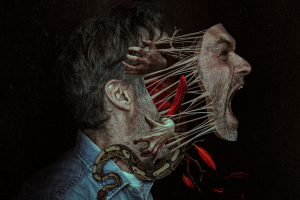 Kaneto Shindo’s Onibaba, which is a Japanese movie from the 60s. The nightmare world seeping into our world, how you transform the woods into something that feels like a fairy tale for a nightmare to happen in. Obviously [Mary Harron with] American Psycho because she’s just an incredible filmmaker. But then smaller stuff like Stan Brakhage, his work and Maya Deren’s work- trying to rewire my brain and in how I’m talking to the department heads about what cinema can be. It’s not just about the story that’s happening. It’s about how we’re telling the story and using something that’s so out of the horror genre, but as an example to be like, see what they’re doing here? See that visceral quality that that has? What if we incorporate that into our storytelling? And so, yeah, I think on this one, more than the films prior, really leaning into people working in other genres and trying to not educate my collaborators, but at least put more paint on the palate than we normally have.
Kaneto Shindo’s Onibaba, which is a Japanese movie from the 60s. The nightmare world seeping into our world, how you transform the woods into something that feels like a fairy tale for a nightmare to happen in. Obviously [Mary Harron with] American Psycho because she’s just an incredible filmmaker. But then smaller stuff like Stan Brakhage, his work and Maya Deren’s work- trying to rewire my brain and in how I’m talking to the department heads about what cinema can be. It’s not just about the story that’s happening. It’s about how we’re telling the story and using something that’s so out of the horror genre, but as an example to be like, see what they’re doing here? See that visceral quality that that has? What if we incorporate that into our storytelling? And so, yeah, I think on this one, more than the films prior, really leaning into people working in other genres and trying to not educate my collaborators, but at least put more paint on the palate than we normally have.
HtN: Right, right. You know, it’s funny when watching your movie, I actually, a filmmaker that I really, really adore (came to mind) and I think is maybe often too slept on by mainstream audiences in this genre bending filmmaking world is Peter Strickland. The beginning of the film actually had this very Strickland vibe- this heightened hysterical feel to it. And it was just really exciting to see. And then obviously, like what you were saying with Stan Brakhage, the cutting and the just texture of the film, which is something that I think personally is really interesting to see. I know a lot of filmmakers like reading Hammer to Nail and independent film enthusiasts, do you have any advice for aspiring genre filmmakers?
TS: Yeah, I’m trying to think of a way to…I guess the economics and the industry will constantly be changing, no matter what point in history you try to make a film. But what won’t change is the thing that is going to make you stand out; having something pure and original and true and authentic and meaningful in your film. There’s an indefinite number of ways to get into making a film. But once you get into that position, be fucking true, be true to what that original idea was and push it as far as you can. I think the thing that handicaps most films and most filmmakers in that genre space is people aren’t going for broke and going for broke, even if it exceeds your budget, even if it exceeds your ability or your resources, that will come across that there is something creative happening. It’s not just execution. It’s got this artistic ambition to it. I think that is something that if you can hold on to as you’re getting into your filmmaking career, I think it will pay off again and again and again no matter where you are on your journey.
HtN: Final question, do you see yourself in the future approaching a different genre to horror or thriller?
TS: Yeah, I mean, as a producer, I’ve worked in a wider variety of genres. I don’t really think in terms of genre. I’m focused more just on the story and what story and theme are; so, yeah, yes. But I’m also having a lot of fun throwing bright red tempera colored paint around for blood. So, yeah, no matter what the genre is, it’s still going to look and feel a little creepy, a little sleazy and have something to say about how we go through the world. So, I think it’ll be a Travis Stevens film.
– Samuel Levine (@thesammylevine)

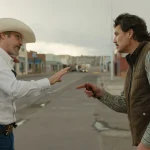
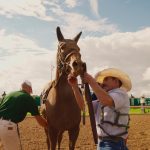
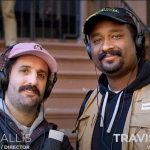




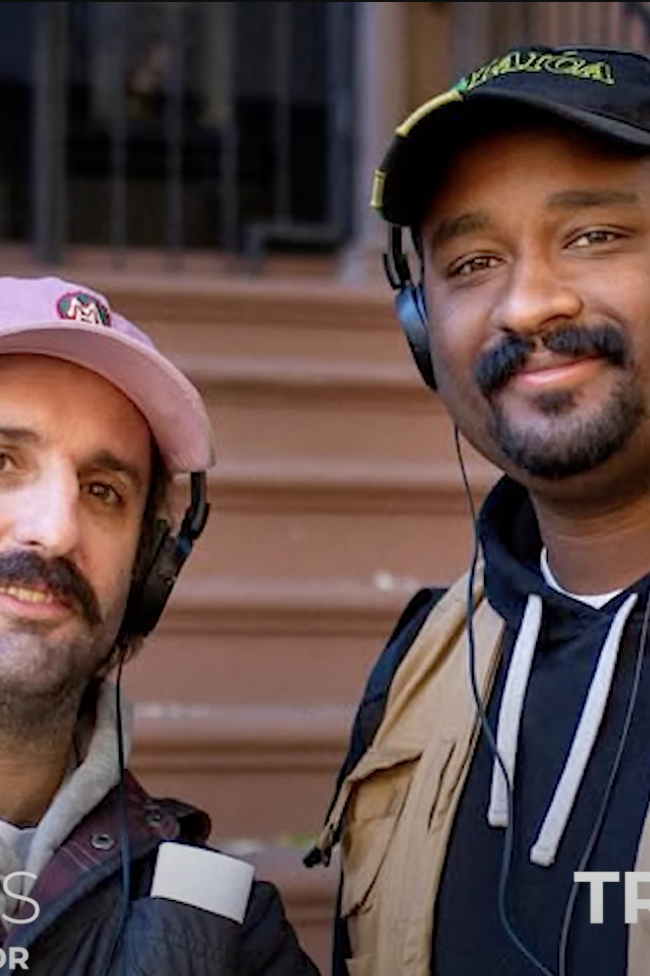
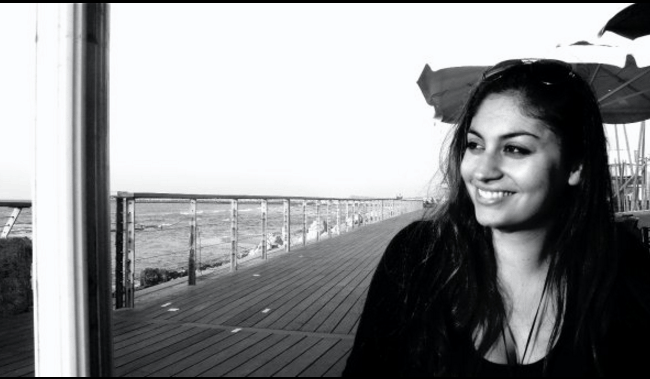


Karen C
Love this interview. Have just watched A Wounded Fawn and loved it. Very 70s feel and loved the use of colour. So came looking for info on the director and found this interview ?